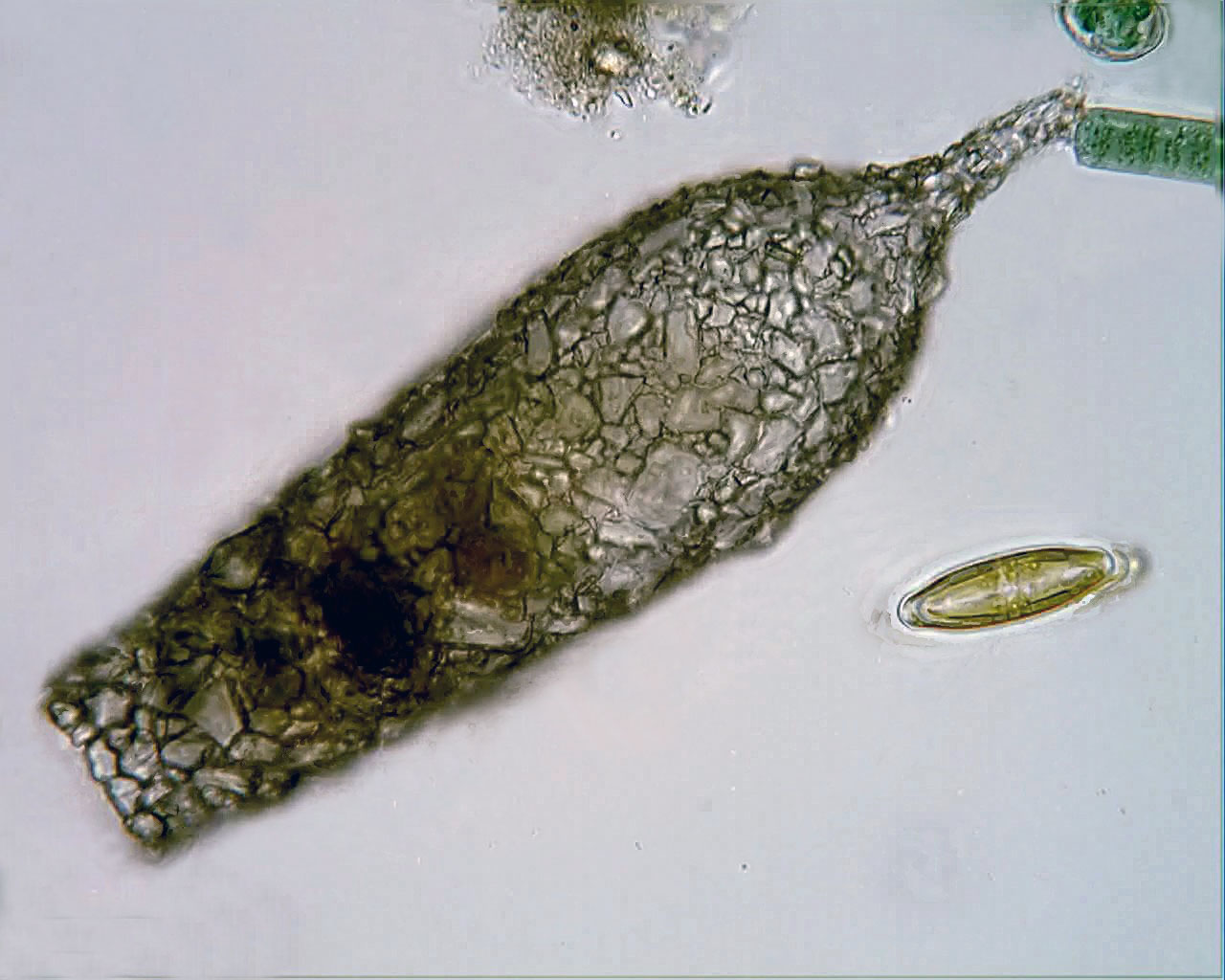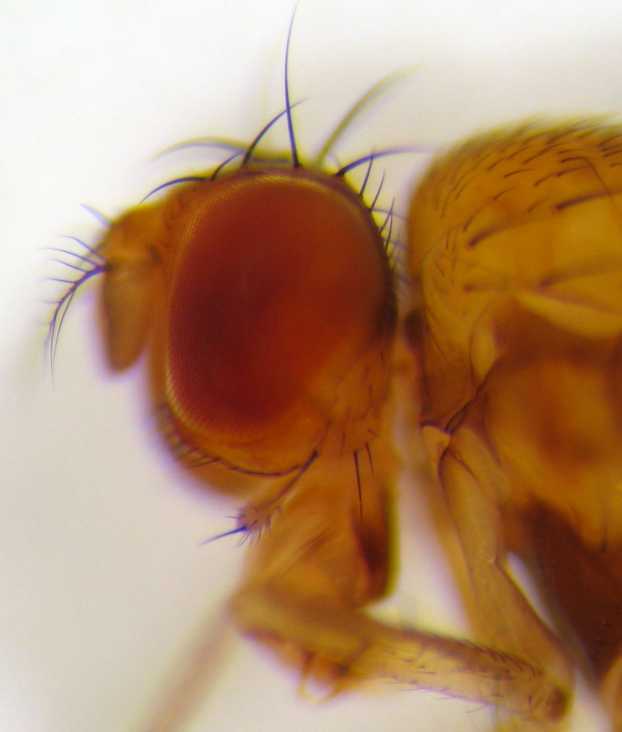|
Testacea
Testacea may refer to: * a former order of rhizopods, which consisted of testate amoeboid organisms. * a former group of shelled molluscs and other invertebrates, created by Linnaeus and roughly corresponding to the colloquial term ''seashell'' (see Vermes). * a species group of ''Drosophila ''Drosophila'' (), from Ancient Greek δρόσος (''drósos''), meaning "dew", and φίλος (''phílos''), meaning "loving", is a genus of fly, belonging to the family Drosophilidae, whose members are often called "small fruit flies" or p ...'' in the ''Drosophila'' subgenus.Grimaldi, D., James, A.C., Jaenike, J. 1992"Systematics and Modes of Reproductive Isolation in the Holarctic Drosophila testacea Species Group (Diptera: Drosophilidae)."''Ann. Ent. Soc. Am.'', 85(6):http://aesa.oxfordjournals.org/content/85/6/671 References {{Reflist Amoeboids ... [...More Info...] [...Related Items...] OR: [Wikipedia] [Google] [Baidu] |
Rhizopod
An amoeba (; less commonly spelled ameba or amœba; : amoebas (less commonly, amebas) or amoebae (amebae) ), often called an amoeboid, is a type of cell or unicellular organism with the ability to alter its shape, primarily by extending and retracting pseudopods. Amoebae do not form a single taxonomic group; instead, they are found in every major lineage of eukaryotic organisms. Amoeboid cells occur not only among the protozoa, but also in fungi, algae, and animals. Microbiologists often use the terms "amoeboid" and "amoeba" interchangeably for any organism that exhibits amoeboid movement. In older classification systems, most amoebae were placed in the class or subphylum Sarcodina, a grouping of single-celled organisms that possess pseudopods or move by protoplasmic flow. However, molecular phylogenetic studies have shown that Sarcodina is not a monophyletic group whose members share common descent. Consequently, amoeboid organisms are no longer classified together in one ... [...More Info...] [...Related Items...] OR: [Wikipedia] [Google] [Baidu] |
Testate Amoebae
Testate amoebae (formerly thecamoebians, Testacea or Thecamoeba) are a polyphyletic group of unicellular amoeboid protists, which differ from naked amoebae in the presence of a test (biology), test that partially encloses the cell, with an aperture from which the pseudopodia emerge, that provides the amoeba with shelter from predators and environmental conditions. The test of some species is produced entirely by the amoeba and may be organic, siliceous or calcareous depending on the species (autogenic tests), whereas in other cases the test is made up of particles of sediment collected by the amoeba which are then agglutinated together by secretions from within the cell (xenogenic tests). A few taxa (Hyalospheniidae) can build either type, depending on the circumstances and availability of foreign material. The assemblage referred to as "testate amoebae" is actually composed of several, unrelated groups of organisms. However, some features they all share that have been used to g ... [...More Info...] [...Related Items...] OR: [Wikipedia] [Google] [Baidu] |
Vermes
Vermes ("vermin/vermes") is an obsolete taxon used by Carl Linnaeus and Jean-Baptiste Lamarck for non-arthropod invertebrate animals. Linnaeus In Linnaeus's ''Systema Naturae'', the Vermes had the rank of class (biology), class, occupying the 6th (and last) slot of his animal systematics. It was divided into the following order (biology), orders, all except the Lithophyta containing (in modern terms) organisms from a variety of phyla: * Intestina, including horsehair worms, earthworms, roundworms, liver flukes, leeches, hagfishes, and shipworms * Mollusca, including slugs, sea slugs, polychaetes, sea mouse, sea mice, priapulids, salps, jellyfish, starfish, and sea urchins * Testacea, including chitons, barnacles, clams, cockle (bivalve), cockles, nautiluses, snails and serpulidae, serpulid worms * Lithophyta, including various corals * Zoophyta, including bryozoans, coralline algae, ''Hydra (genus), Hydra'', sea pens, tapeworms, and ''Volvox'' Apart from the Mollusca, unders ... [...More Info...] [...Related Items...] OR: [Wikipedia] [Google] [Baidu] |
Seashell
A seashell or sea shell, also known simply as a shell, is a hard, protective outer layer usually created by an animal or organism that lives in the sea. Most seashells are made by Mollusca, mollusks, such as snails, clams, and oysters to protect their soft insides. Empty seashells are often found washed up on beaches by beachcombing, beachcombers. The shells are empty because the animal has died and the soft parts have decomposition, decomposed or been eaten by another organism. A seashell is usually the exoskeleton of an invertebrate (an animal without a backbone), and is typically composed of calcium carbonate or chitin. Most shells that are found on beaches are the shells of marine (ocean), marine mollusks, partly because these shells are usually made of calcium carbonate, and endure better than shells made of chitin. Apart from mollusk shells, other shells that can be found on beaches are those of barnacles, horseshoe crabs and brachiopods. Marine annelid worms in ... [...More Info...] [...Related Items...] OR: [Wikipedia] [Google] [Baidu] |
Drosophila
''Drosophila'' (), from Ancient Greek δρόσος (''drósos''), meaning "dew", and φίλος (''phílos''), meaning "loving", is a genus of fly, belonging to the family Drosophilidae, whose members are often called "small fruit flies" or pomace flies, vinegar flies, or wine flies, a reference to the characteristic of many species to linger around overripe or rotting fruit. They should not be confused with the Tephritidae, a related family, which are also called fruit flies (sometimes referred to as "true fruit flies"); tephritids feed primarily on unripe or ripe fruit, with many species being regarded as destructive agricultural pests, especially the Mediterranean fruit fly. One species of ''Drosophila'' in particular, ''Drosophila melanogaster'', has been heavily used in research in genetics and is a common model organism in developmental biology. The terms "fruit fly" and "''Drosophila''" are often used synonymously with ''D. melanogaster'' in modern biological literatur ... [...More Info...] [...Related Items...] OR: [Wikipedia] [Google] [Baidu] |
Drosophila (subgenus)
''Drosophila'' is a paraphyletic subgenus of the genus ''Drosophila'', a classification of fruit flies. This subgenus was first described by Alfred Sturtevant in 1939.Sturtevant, A. H. (1939)On the subdivision of the genus ''Drosophila'' ''Proceedings of the National Academy of Sciences of the United States of America ''Proceedings of the National Academy of Sciences of the United States of America'' (often abbreviated ''PNAS'' or ''PNAS USA'') is a peer-reviewed multidisciplinary scientific journal. It is the official journal of the National Academy of Scie ...''. 25, 137–141. Members of the subgenus ''Drosophila'' can be distinguished from other drosophilid species by breaks in the pigmentation along the dorsal section of their abdomen. Phylogeny Most species are within three major groups, the ''virilis-repleta'' radiation, the ''immigrans-tripunctata'' radiation and the Hawaiian ''Drosophila''. Additionally, several smaller species groups are recognized consisting ... [...More Info...] [...Related Items...] OR: [Wikipedia] [Google] [Baidu] |




